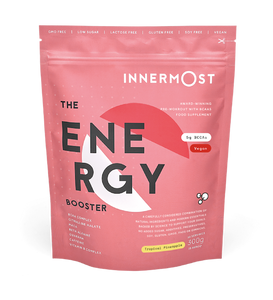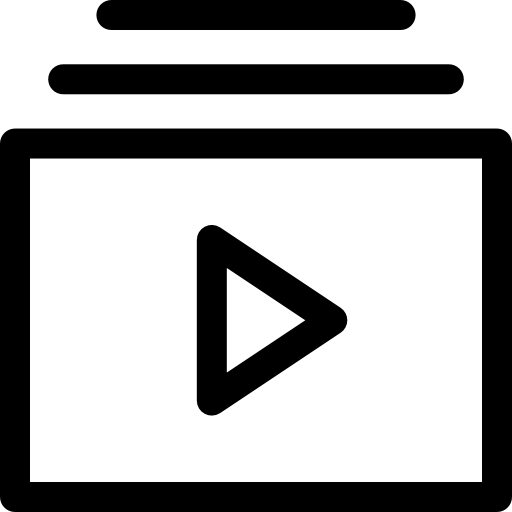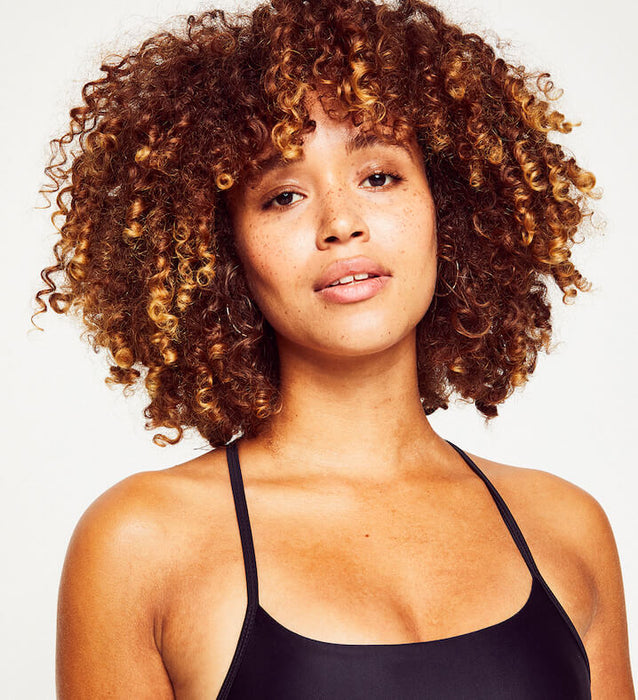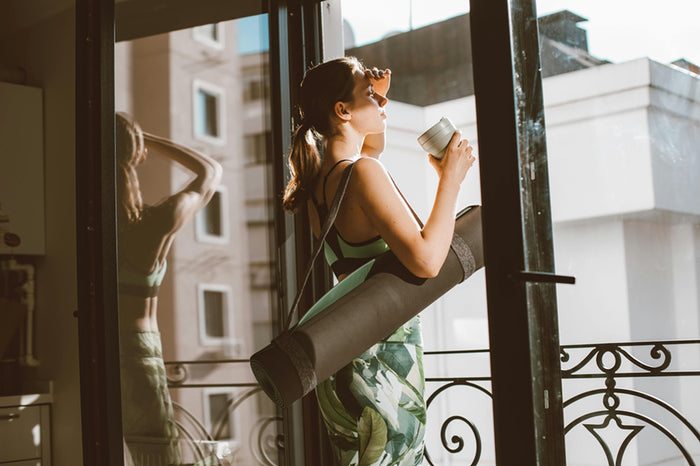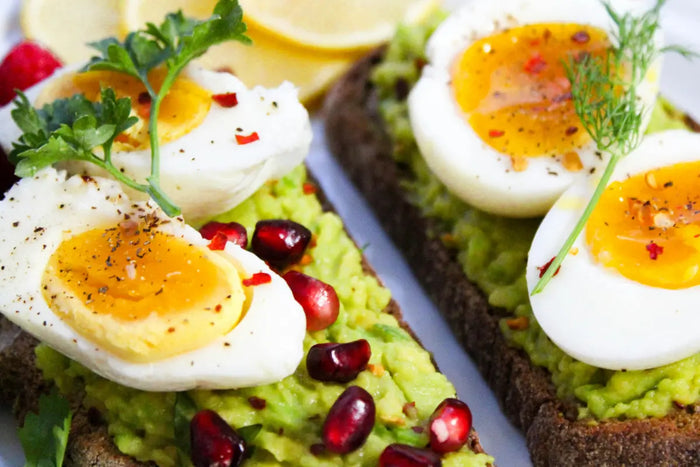There are plenty of reasons that people choose to integrate yoga into their morning routine. Perhaps you're just not a morning person, and need something to look forward to between your dreaded alarm going off and you arriving at the office. Or maybe, you're trying to increase your flexibility, add mindfulness to your mornings or even want to kick-start your day with some good old fashioned exercise.
Whatever the reason, good for you! Creating a morning yoga routine is a great way to set aside some time for yourself and relax before the hectic day begins. The Relax Capsules are a great way to relax, too.
But when creating your routine and selecting your morning yoga poses, you may be a bit overwhelmed. There are a lot of energising yoga positions to choose from, so we don't blame you if you don't know where to start.
That's where Innermost comes in.
But first, shall we take a look at some of the benefits of morning yoga stretches? Oh, go on then.
The key benefits of a morning yoga routine
Dating all the way back to 3BC and first traced back to Buddhists, yoga in general has a whole host of amazing health benefits, so it's no surprise that adding this exercise is widely recommended when starting your day. Traditionally, yoga was always practiced in the morning, between the hours of 4am and 6am - so there must be a reason for this.
From increasing your blood flow to calming the mind, here are the top benefits of getting into that morning yoga flow:
- Reduces anxiety
- Reduces chronic pain
- Improves heart health
- Alleviates feelings of stress
- Improves strength
- Ups your flexibility levels
These benefits are well studied, too. An investigation by The Journal of Alternative and Complementary Medicine found the integration of yoga exercises to be more effective that exercise in improving health related concerns.
Our five favourite morning yoga stretches
Whilst the idea that creating the perfect morning yoga routine will make you want to wake up at the crack of dawn is a bit of a stretch (if you'll pardon the pun), integrating gentle but effective exercise in the form of these morning yoga postures is a great way to start your day.
Here are our five favourite morning yoga poses to get you into that all important yoga flow.
1. Sun salutation
Traditionally performed at sunrise, what better way to start your day than to salute the sun? The sun salutation pose is a yoga practice that incorporates the downward and upward dog poses, and is known as 'the ultimate asana'.
This position is praised for it's back strengthening abilities and is said to improve metabolism... sounds like a pretty good way to start your day, if we've ever heard one.
2. Low lunge
If you're looking to improve your balance, this is the yoga pose for you. This standing pose allows you to focus on your core. This morning yoga pose is performed by standing upright and placing one leg in front bent, and one leg behind outstretched.
Take your palms and place them together, tight into your chest to form the Namaste, and hold.
3. Triangle pose
Great for activating your core muscles, this energising yoga pose is a standing pose that enhances your balance and stability. If you sit down at a desk all day or perhaps stand on a train on a long commute, this is the pose for you.
Stand up straight and widen your feet to a shoulders-width apart. Stretch both arms out to your side, and lower yourself down on one side, aiming to touch your toes with one of your hands.
4. Warrior three
Now we're getting a bit more challenging. The warrior three pose is a great way to hone in on your focus and improve your balance. This pose strengthens your legs and ankles and is a great way to tone your abdomen and really wake you up.
Start standing straight, and slowly lift one foot off of the ground. Using your arms outstretched to guide and balance you, slowly lower your head towards the ground until you are horizontal, and engage your core to stay balanced.
5. Downward dog
The downward dog: an absolute classic. A great stretch for the lower body, blood flow stimulator and famed for its impact when improving posture, integrating the downward dog into your morning yoga flow is arguably an essential.
To do this classic yoga pose, start on your hands and knees. Lift up with your feet, placing them on the ground behind you with your tail in the air and your arms stretched out in front of you. Let your head hang and engage your quads to take the pressure away from your arms. It's really important to ensure your weight is in your heels, and not in the balls of your feet.
How to start morning yoga
Now you know the benefits, and some of our favourite morning yoga poses, you're probably wondering when and how to start morning yoga. Really, all you need is a mat, or a towel. Just something to soften the floor. It's that easy!
They say it takes 21 days to make a habit, so perseverance is key. If you're not good at waking up early, try waking up five minutes earlier every day for a week to ease yourself into it. Trust us, it gets easier!
Create a schedule and stick to it. We recommend you aim to integrate a morning yoga routine around 3 times a week... so how does Monday, Wednesday and Friday sound?
It's not just about the morning, though. You won't want to get up early if you've had a rubbish night sleep, will you? You're probably fed up of hearing us say this by now, but get your rest! 8 hours, please. No ifs, no buts. Get to bed on time, every time. You'll love yourself for it.
Summary
If you're struggling with your energy levels, want to start your day with a calm mindset, or simply just want to increase your movement on a day-to-day basis, a morning yoga stretch is a great way to do this. With the above health benefits of yoga in mind, what more motivation do you need?
Who knows... you may even become a morning person, after all.
Let us know how you get on over at @liveinnermost on Instagram. We'd love to hear from you!
References
- Ross, A., & Thomas, S. (2010). The health benefits of yoga and exercise: a review of comparison studies. The journal of alternative and complementary medicine, 16(1), 3-12. Click here.


